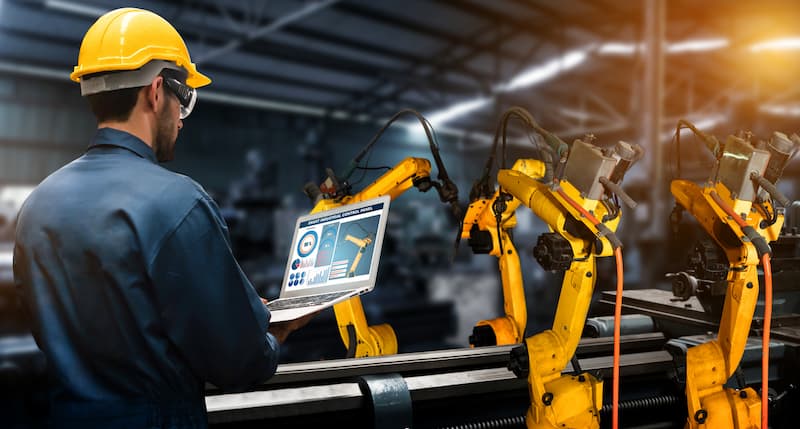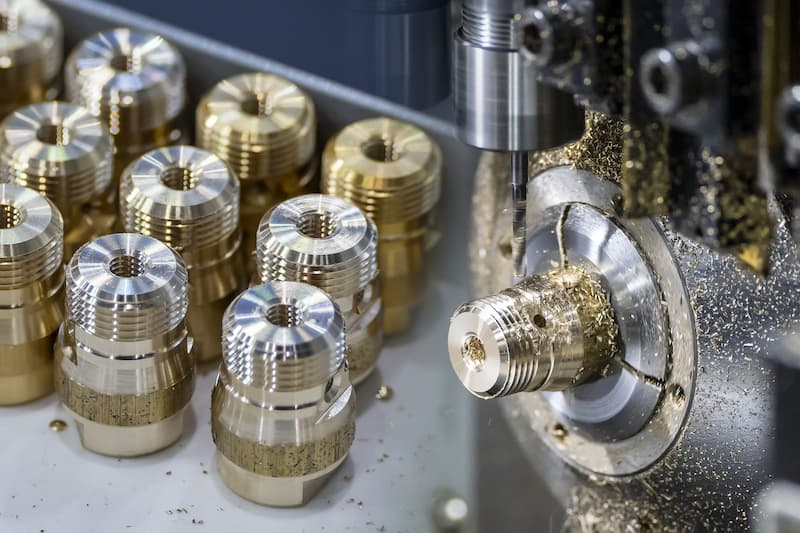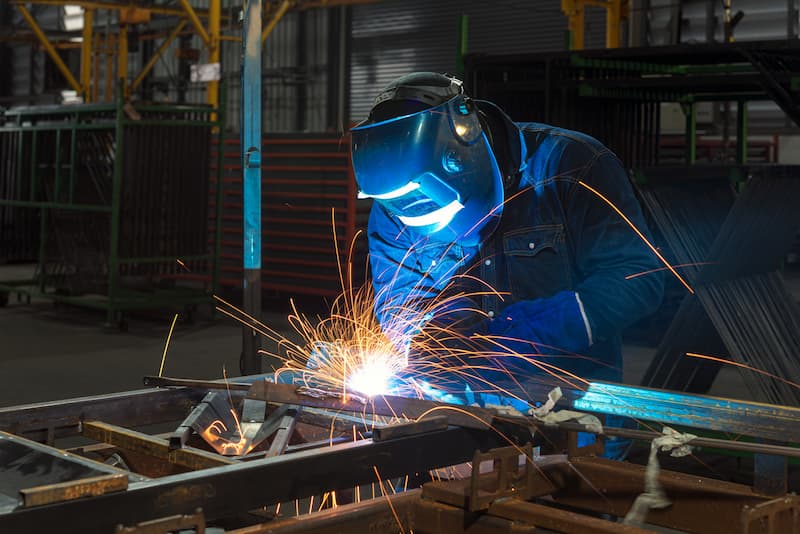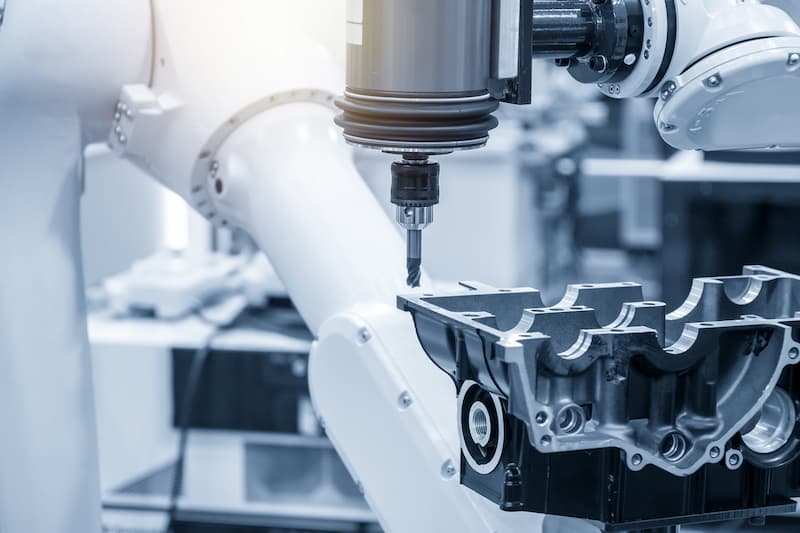Everything You Need To Know About Sub-Assemblies
Many manufacturing companies are discovering the benefits of adopting a sub-assembly process. The sub-assembly process has become the much-needed solution for manufacturers in many sectors, from aerospace to construction.
European Springs is proud of the sub-assembly process we provide; read on to learn what sub-assembly is, why it’s so effective and perhaps discover how it could help your business.

What is the difference between sub-assembly and assembly?
Firstly there are two titles for this process, assembly manufacturing and sub-assembly manufacturing. However, despite the two names, it’s the same process.
Sub-assembly is the process where you combine pre-made pieces into your final product. These pre-made pieces are known as an assembly. Assembly is a common term assigned to an OEM (or original equipment manufacturer) who creates complete parts or products.
An assembly is essentially the process of manufacturing a finished product. Assemblies can be combined to create larger sub-assemblies and components until your final product is made.
Benefits of Sub-Assembly
The sub-assembly process has proven to be a valuable improvement to the workflows of many businesses. Choosing to outsource your sub-assembly manufacturing operations to a third party can bring many benefits, for example:
- It reduces production time. Outsourcing to third parties will allow many of your components to be made simultaneously. Additionally, the creation of the final piece is much faster, with many parts completed before they even arrive.
- It lowers production and equipment costs. In addition, with third parties being contracted to complete these sub-assemblies, this leaves your companies resources free to be redirected into other needs.
- Finding third parties with access to specialist equipment will eliminate your need to buy it. Embracing third parties in your process will also reduce your staff training requirements for new techniques and tools.
- Improved accuracy is also a benefit of sub-assembly. The whole concept of sub-assembly is essentially breaking the problem down into manageable small pieces. By using a system where manufacturing teams only need to focus on one part of the project, they can study and become experts. Unless your staff must be aware of the whole process, we always recommend breaking it down into these manageable categories.
Different types of sub-assembly
During our many years of manufacturing bespoke stampings, we learnt that there just isn’t one single process to this system. Instead, our skilled engineers at European Springs and Pressings can offer a range of strategies customised for your sub-assembly needs.
We offer single operation assembly techniques for fully automated processes. In a single operation assembly technique, only a single model product is produced in this line. Our fully automated processes adapt to high product demand. Each approach has its own merits, so contact us today to discuss your needs with us.
Tapping
Tapping is a well known and highly efficient manufacturing process. The tapping method is cutting a thread inside a hole so that you can easily thread a screw cap or bolt into the hole. Additionally, you can use it to put a thread on the nuts for increased hold. Using tapping helps reduce machine downtime giving higher cutting speeds and longer tool life.
The material you choose, the coating and geometry are all significant decisions for your forming or cutting taps. A tap made in a certain way with certain materials may not be as effective as you would hope. Don’t be afraid to talk to us first to discuss your goal, and we can make sure you get the right combination.
Tapping is the most common thread profile, appropriate for all machine types. Whether it’s a rotating or non-rotating component, tapping is a great idea to include.
Resistance and Ultrasonic Welding
Resistance welding is used for joining two metals. A welding head applies pressure to the metal between the two electrodes at its head. The resistance utilises heat to create friction heat where it’s used. This is achieved because the electric current at the head tries to move through the metal. The heat is from the metal’s resistance, and the friction is localised at the contact point.
Ultrasonic welding is when two materials (metal or plastic) are joined without melting. It’s called solid-state welding.
High-frequency mechanical vibrations pass through both materials, causing them to slide on top of each other. This creates its own form of heat friction and bonds the two materials together.
The benefit we enjoy from using ultrasonic welding is that it’s the fastest welding technique available.
Experts in Mechanical Assembly
As experienced spring manufacturers, we promise to deliver a premium service for all our customers. Our sub-assembly team is one of many teams that specialise in creating custom and prototype work from bespoke springs to bespoke wire forms and pressings.
If you need the services of our sub-assembly team, then please don’t hesitate to get in touch and discuss your needs.


